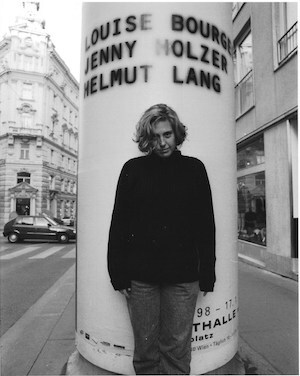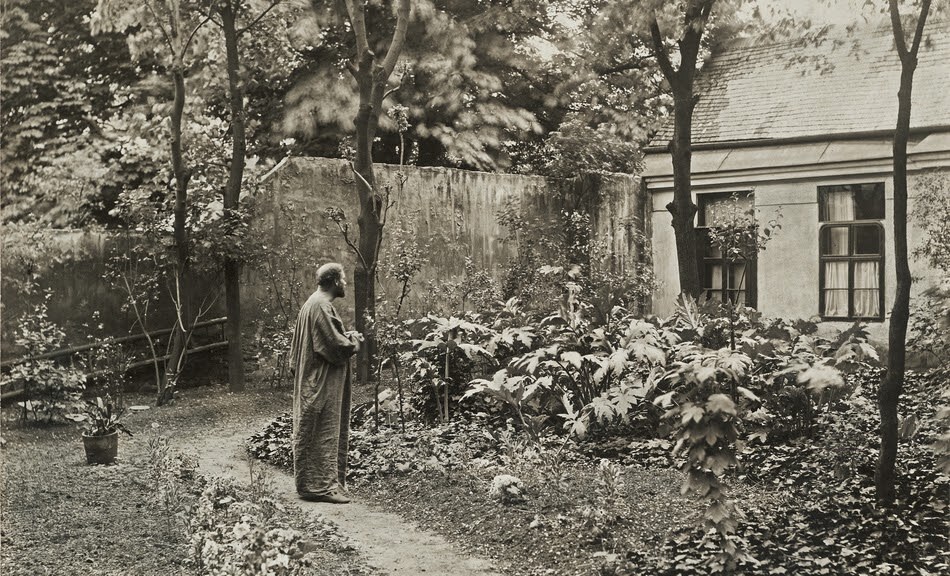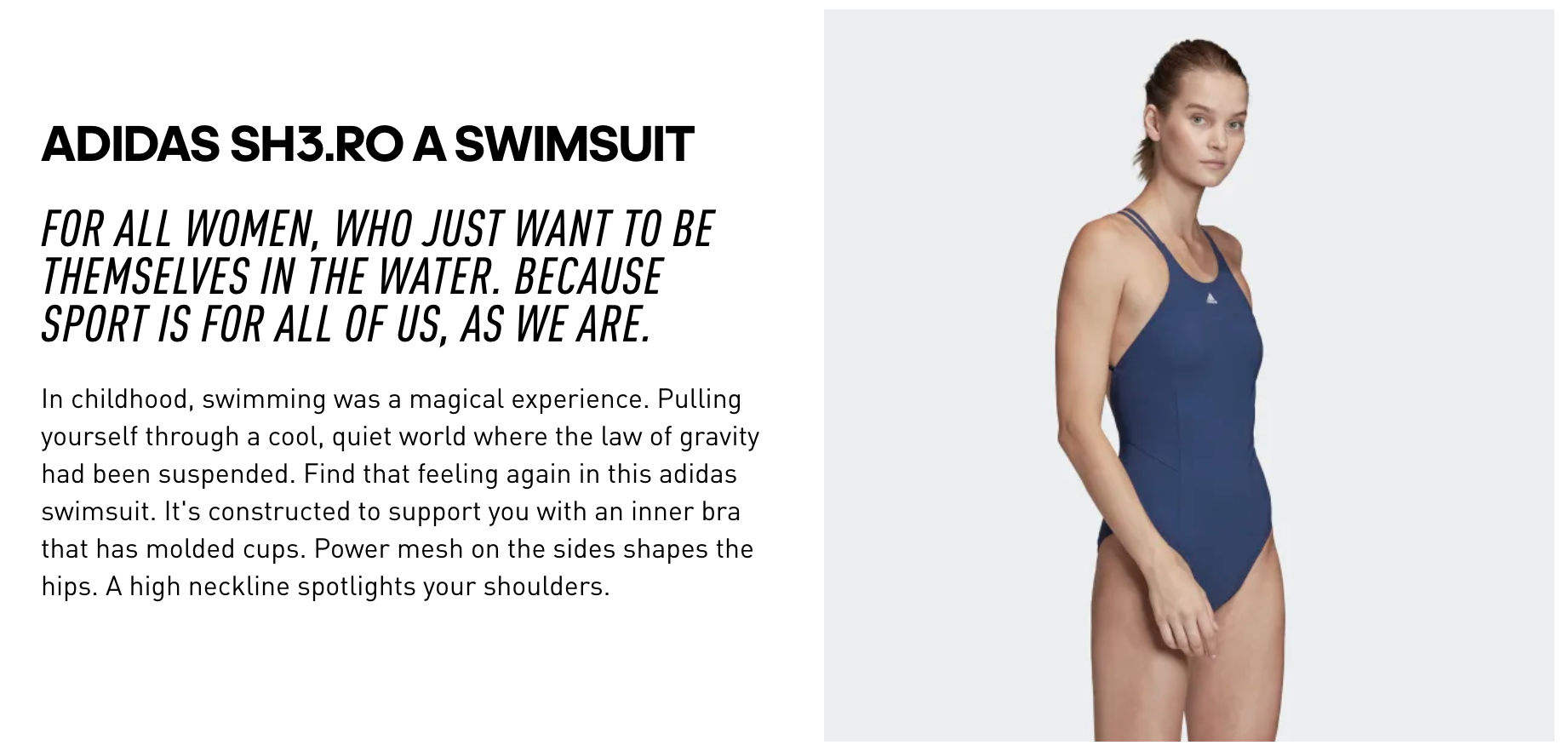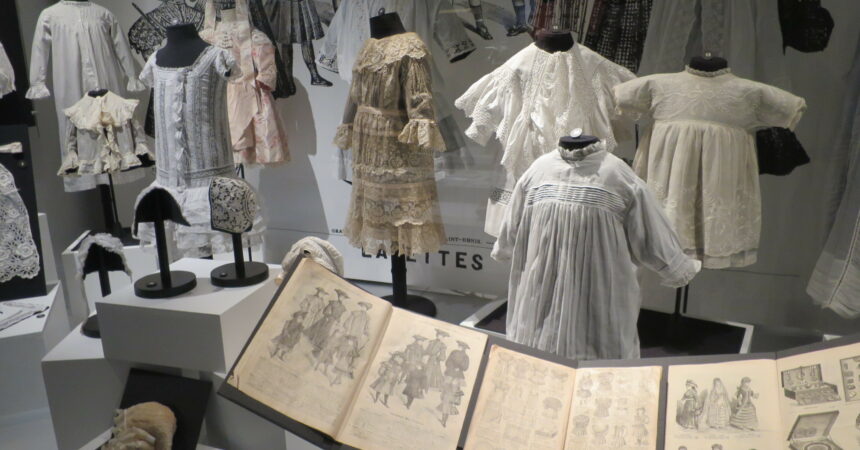I’m a writer at Thread, and I’m also a novelist. Years ago, I wrote a novel about a fashion designer in Vienna at the turn of the last century and an artist she was in love with. Because they were historical figures, people who had actually lived and loved (and maybe one of them had pushed the other out of a rowboat in a jealous rage), it wasn’t the kind of novel you could just sit down at your laptop with a big mug of coffee and a box of Krispy Kreme doughnuts and all of your unprocessed childhood trauma and start churning out. This novel required the kind of research they show in a movie montage with a Steely Dan song playing over it.

I spent days and nights huddled in the stacks at the art library of Columbia University. I went to the Metropolitan Museum of Art, where curators in white gloves pulled out silk slip dresses made in Vienna a hundred years ago. And then I flew to the actual, modern-day Vienna and walked the streets, gazing up at the building on Mariahilferstrasse where my main character ran a fashion salon. I took copious notes on index cards, which I kept in little file boxes on my desk using an organizational system that was incomprehensible even to me.
It was a lot of work. Was it all necessary? Hell, yes. At one point I found myself standing in front of Gustav Klimt’s studio. In my mind the studio had been a dull and depressing gray building, the kind you might walk into and find a secret sweatshop. In reality the stucco façade was egg-yolk yellow and cheerfully adorable. My idea of it had been skewed because I’d only seen it in black and white photographs. Lesson learned: Oftentimes you have to see things, and possibly even hear them, touch them, smell them or taste them, to be able to write about them accurately.

Writing product copy may not, at first glance, seem all that similar to writing historical novels. After all, my first novel took seven years to write. And while a novel can be 300 or more pages, product copy is generally around 300 characters. It’s like writing flash fiction on speed.
At Thread we write tens of thousands of product descriptions a year. To accommodate the sheer volume, each model is allotted just a few minutes of a writer’s time. But in that time, like a novelist, we must create a whole world for that t-shirt or windbreaker or football boot. A reason for it to exist. A history. A physical description, a purpose, a place in the world.

How is it possible for a writer to do all that at such a pace? It begins with the client. We work closely with product designers and product managers to learn as much we can about their products. Sometimes this involves traveling to the client (which can be as complicated as flying to Germany or as simple as driving across town) for an in-person presentation where we can see and touch what we’ll be writing about. That’s how we learn that a fabric is sheer, or sparkly, or much thicker than it looks in a picture. If it’s not practical to meet in person, the client sends us virtual handovers that they’ve created for in-house presentations or as a sell-in tool for buyers. By studying these presentations we can learn that the vibrant printed jacket was a collaboration with a Mexican-American street artist living in Los Angeles, or that the running shoes are a tie-in with a blockbuster movie due to be released in a few months.
In the end, it’s the fascinating details that come together to tell a compelling story.
The next person in line to help out the writer is our in-house researcher. Using Talkoot, the content management software that’s our secret weapon for organizing and sharing information, the researcher takes data from the client and creates short pieces of product information, or bullets. They can also include supplemental materials that the writer can access without having to dig around for the information. No need for my disorganized file boxes or illegible index cards! It’s already been done for me by someone much better at it than I am.
If all this isn’t quite enough, the internet is a girl’s best friend. If I need to know more about Lunar New Year or what’s fun to do in Colombo, Sri Lanka, or how many kinds of stingrays there are, that’s where I go. It’s much quicker than writing a letter to a scholar in Beijing or saving up my nickels for a plane ticket to Sri Lanka or learning how to scuba dive.

I now write dozens of teeny, tiny novels a day. I have a lot of help from a lot of different people to make that possible, more than I did when it was just me and my own personal obsession with a dressmaker in fin de siecle Vienna. Still, in the end, it’s the fascinating details that come together to tell a compelling story. One that makes the consumer in the bookstore pick up the paperback or the consumer online put that item in their cart. It’s my job to take all of the information at my disposal and weave a tale around those trail runners about a week in the Austrian Alps, or a story about those hiking boots that involves six months on the Pacific Crest Trail with only your Burmese Mountain dog for companionship. And to me, that’s a great day at work.
Trying to brush up on your product copy skills? The key is understanding what consumers want to read.

